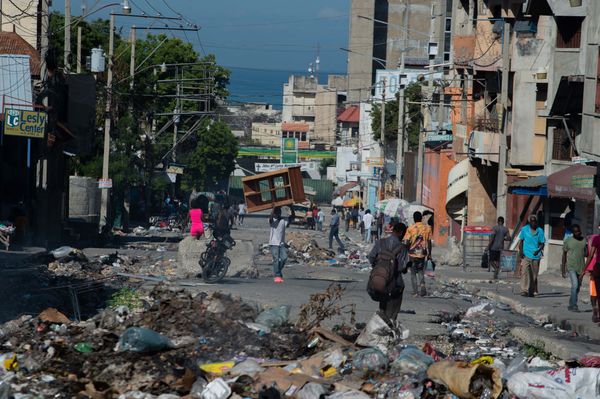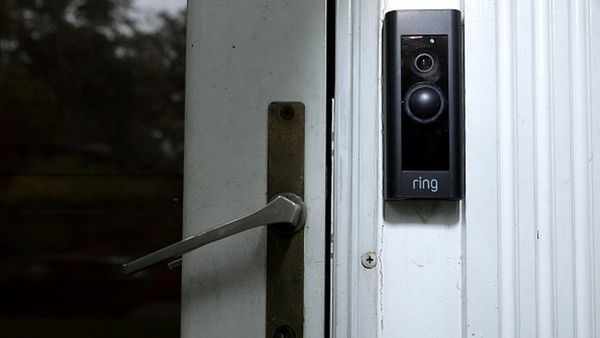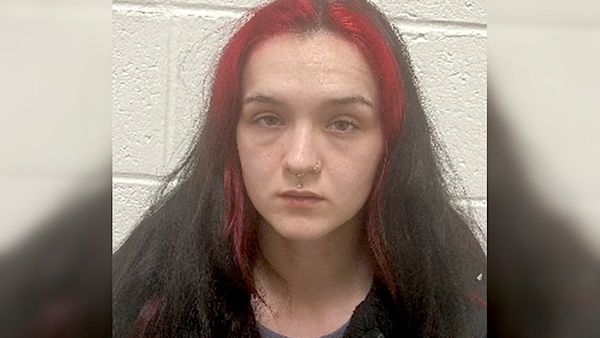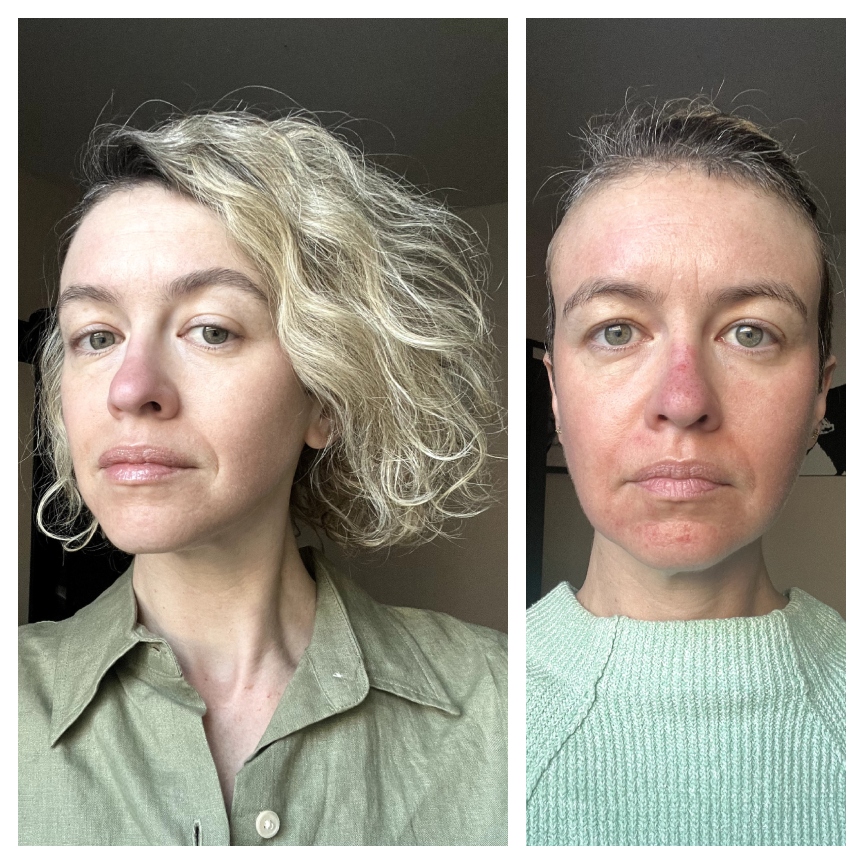
It took a few decades for us to get here, but after too many over-filled faces and brows that refuse to move no matter how much we emote, the general consensus when it comes to non-invasive procedures tends to be less is more. Depending on which side of the 10-step skincare routine debate you fall on, you can also argue that the ideology extends to pretty much everything skincare related. (With the notable exception of sunscreen, that is—whatever you think is enough for SPF, add more). So, imagine my surprise when I headed to my dermatologist, Michael Contreras, M.D., FAAD at Core Dermatology in Denver for a long overdue laser treatment to address my uneven tone and texture and he suggested not one, but two lasers done back-to-back in one session. Come again?
This so-called laser stacking, he told me, would not only give me better results, but would also mean I’d have less downtime than if we did the two lasers separately and spaced out. “There's definitely some synergy when you combine lasers like broadband light (BBL) and Halo,” explains Dr. Contreras, referencing the two treatments that he suggested for me. “You're getting a better treatment with the combined effects of both together than you would with individual treatments.” He adds that stacking the treatments means you have less overall downtime, if more intense during the recovery week (more discoloration and swelling), and as I soon discovered, this was very true.
What Are the Benefits of Laser Stacking?
I’ve been stacking my serums for years, but the idea of doubling up on energy-based treatments had never occurred to me—and in my 20 years as a beauty editor, none of the dermatologists I had seen or spoken with had ever suggested stacking as an option. The concept makes sense, when you think about how energy-based devices work. Just as you can’t expect a single injectable to address all of your aesthetic needs—a neurotoxin like Botox can’t restore lost volume and a dermal filler like Restylane isn’t going to smooth out your forehead wrinkles—no one laser can address everything you might be trying to target since different devices have absorption points within the skin called chromophores, explains Laurel Naverson Geraghty, M.D., a board-certified dermatologist based in Medford, OR.
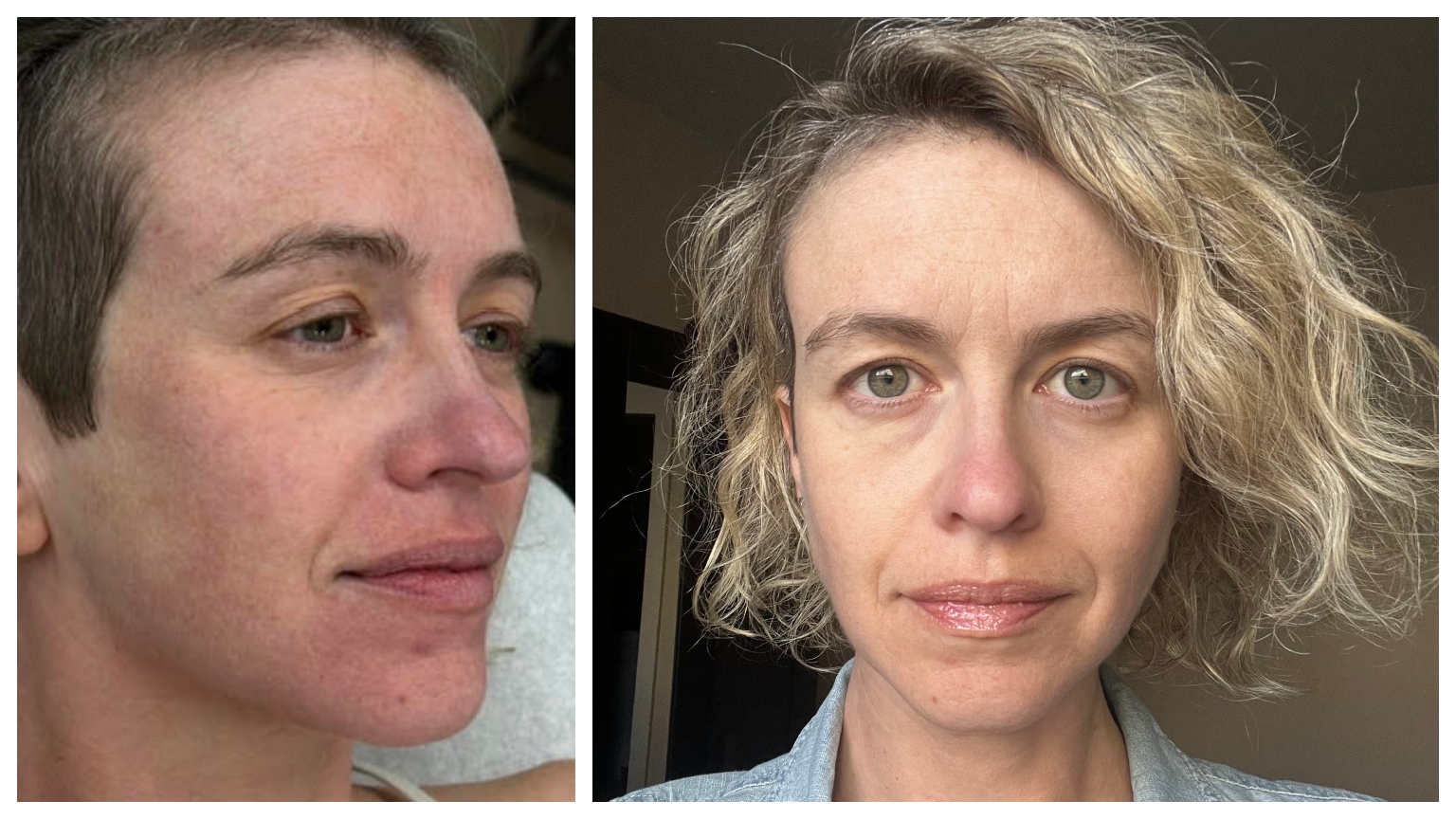
“Chromophores include hemoglobin (to target pinkness, redness, or blood vessels within the skin), pigment, and water (where lasers can stimulate collagen),” says Dr. Geraghty. “As long as you are not blasting too much energy toward a single chromophore in one session—which could raise the risks of blistering, pigmentary change or scarring—it's pretty safe to combine treatments.” She notes that stacking typically targets different chromophores as part of the same treatment—for example, with the M22 IPL/Resurfx combo treatment, you can effectively treat sunspots, ruddy blood vessels on the cheeks and around the nose, and stimulate collagen all at the same time.
Saami Khalifan, MD, a double board-certified dermatologist and founder of Som Aesthetics in Encinitas, CA, adds that, “You can take more than one energy-based device and in a single session, you combine the different properties of these to harness that synergy to get different depths of penetration, different mechanisms of actions, to try and do things that otherwise would take a really long time to do [for the skin].”
What Are the Best Lasers to Stack?
The key to effective laser stacking, notes Dr. Khalifan, is to make sure you combine devices that target different chromophores. You wouldn’t stack two devices that target the same pigment—again, you’re aiming for synergy. Instead, the goal is to combine two devices with complementary mechanisms of action. In my case, the BBL focused on improving my red and brown pigmentation, notes Dr. Contreras, and the ablative and non-ablative resurfacing combo of the Halo (a stacked device within itself) helped smooth out my uneven texture and stimulate collagen production.
While BBL and Halo are common stacks, the devices that dermatologists combine range from VBeam to fully ablative lasers like Fraxel to radiofrequency microneedling to a MicroLaserPeel. Typically, a stack consists of two or three devices, depending on the patient, their skin quality, the issues they are trying to address, and their skin type. Determining the right stack comes down to a few important variables, explains Zakia Rahman, MD, FAAD, a board-certified dermatologist and clinical professor of dermatology at Stanford University School of Medicine.
“When doing these treatments, you think of three different variables: One is the device, the laser that's being used. The other variable is the patient, what they're coming in for, whether it's acne scarring or brown spots or wrinkles or excessive hair growth. Then the person doing the treatment. You want to make sure that you see somebody who has expertise.”
As Dr. Rahman explains, the average person doesn’t know the intricacies of a pulsed dye laser versus a fractional laser versus a picosecond laser, let alone if and how those devices should be used together. In fact, there are plenty of doctors who aren’t comfortable combining energy-based devices in one session, and it’s not something that’s typically taught in medical school or during residency. Stacking, according to the experts I spoke with for this piece, is kind of a IYKYK treatment. Those who offer it, learned it from someone who was well-regarded in the field and only started doing it themselves once they became confident and well-versed in the devices they offer at their practices. You won’t find stacking being done at med spas or anywhere that doesn’t own their own machines.
“I was fortunate enough to train directly with the person that invented most of the lasers in use today, Dr. Rox Anderson, and when we were with Rox, he was always pulling different devices and using them simultaneously,” says Dr. Khalifan. “But many people learn about stacks from going to conferences and being a self-directed learner—there's not the same sort of formalized training that we see in residency.” But, as Dr. Rahman notes, “You can be super safe and not have something that's super effective, or you can do something super effective, but then people have significant downtime.”
My Experience with Laser Stacking
The rule of thumb when stacking devices, says Dr. Khalifan is to typically choose a device that targets redness first. “Because if red is in the paradigm, everything I'm going to do to you is going to make you red,” he explains. After that, comes your ablative device (because by this point the effects of the numbing cream are starting to wear off and it will start to feel a bit spicier) followed by a non-ablative. In my case, that meant BBL first, followed by the ablative/non-ablative combo of the Halo. The BBL was a walk in the park—towards the end I felt a few rubber band snaps, but the numbing cream did its job. We had to wait about 20 minutes in between treatments and then Dr. Contreras fired up the Halo. At that point, I began to very actively wish for more numbing cream as I squeezed the stress balls I was handed for all they were worth. It went from spicy to “I really need this to be over with” to tears actively streaming down my face for the final minute. Which is to be expected with a device that is destroying the outer layer of your skin.
I was given a hypochlorous acid spray, an ice mask, and instructions to keep my skin cool and moisturized with a thick layer of Aquaphor starting the following day (you want to let the heat escape that first day, not trap it with a thick occlusive cream). I was also warned that my skin would be red and start to scab over the next few days and to expect some swelling for two to three days. I gently iced my toasted face, and set up a fan that evening to cool me down while I snoozed. I was encouraged to sleep with my head propped up to help minimize swelling, but as a stomach sleeper with insomnia, that was the one aftercare instruction I was unable to follow.
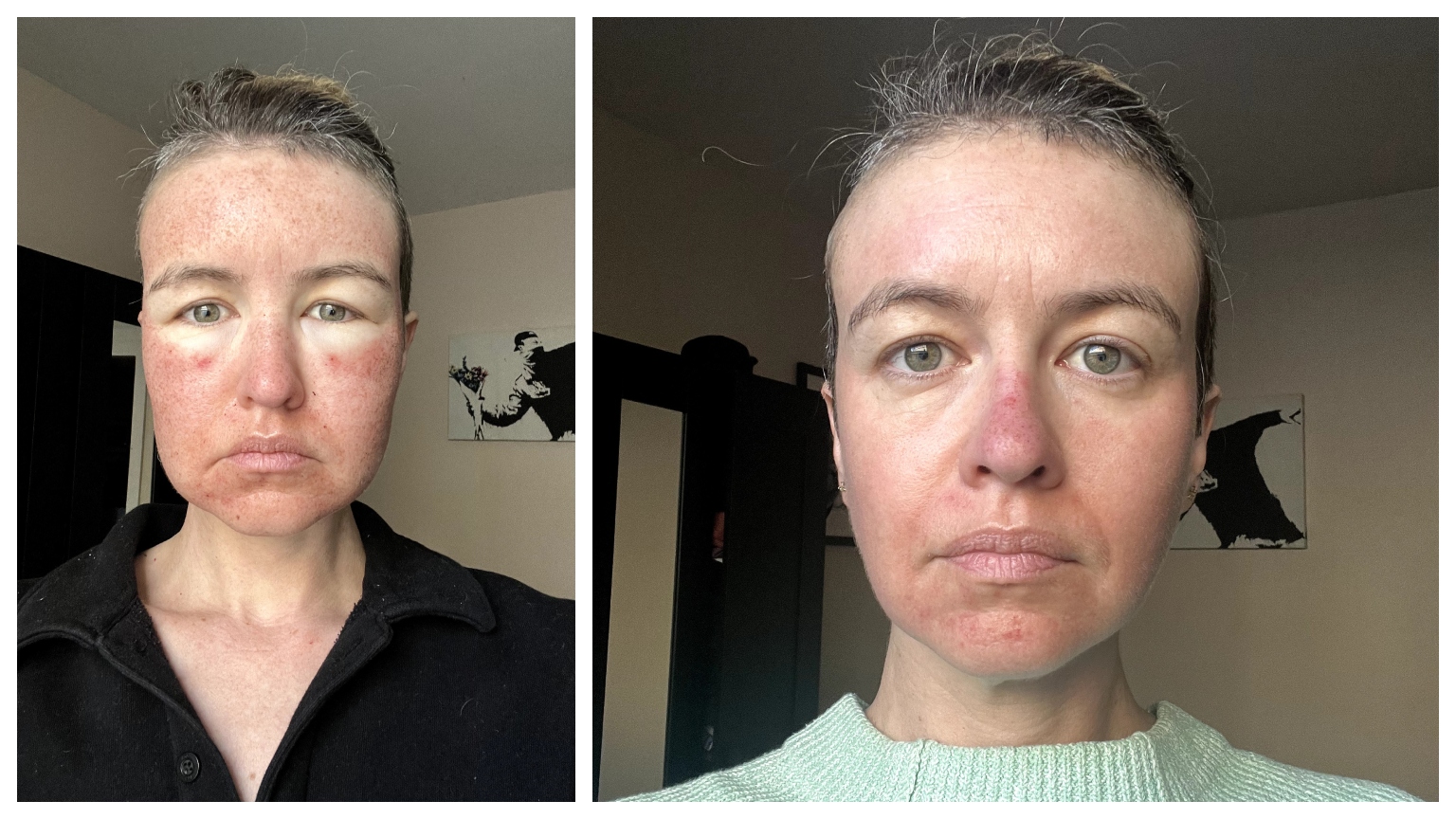
I woke up the next morning no longer feeling like my face was on fire, however something felt…off. As I cracked open my eyes, I could see in my peripherals what looked like a flesh-colored softball under my eyes. Thinking that was odd, I rolled over and came face-to-face with my husband, whose eyes became cartoonishly wide as he took in my appearance. I walked to the bathroom mirror and was greeted with someone else’s face. Overnight, someone had injected my face with helium. Or I had developed an allergic reaction to my pillow. I looked like the Stay Puft Marshmallow Man’s long-lost cousin. Apparently they weren’t exaggerating about the swelling thing.
The next day, the swelling moved downwards to my cheek and neck area, giving me the resemblance of a bullfrog and causing me to spontaneously snort laugh whenever I made direct eye contact with my husband. It took a total of three days for the swelling to subside completely and a full week for my skin to return to enough of a semblance of normal that I felt I could leave the house without scaring small children and animals.
But, the complexion that emerged from underneath was the softest, clearest, most even-toned skin I had seen since my pre-pubescent years. Looking at my before and afters, I hadn’t even realized the ruddiness that had been creeping into my complexion over the past decade. My tone and texture had been completely reset in ways no other single laser had done in prior sessions. Friends were commenting on my skin and asking me what I was doing and if they should ask their derms about stacking. And the results just keep getting better—the peak of Halo for collagen building comes after the two month mark.
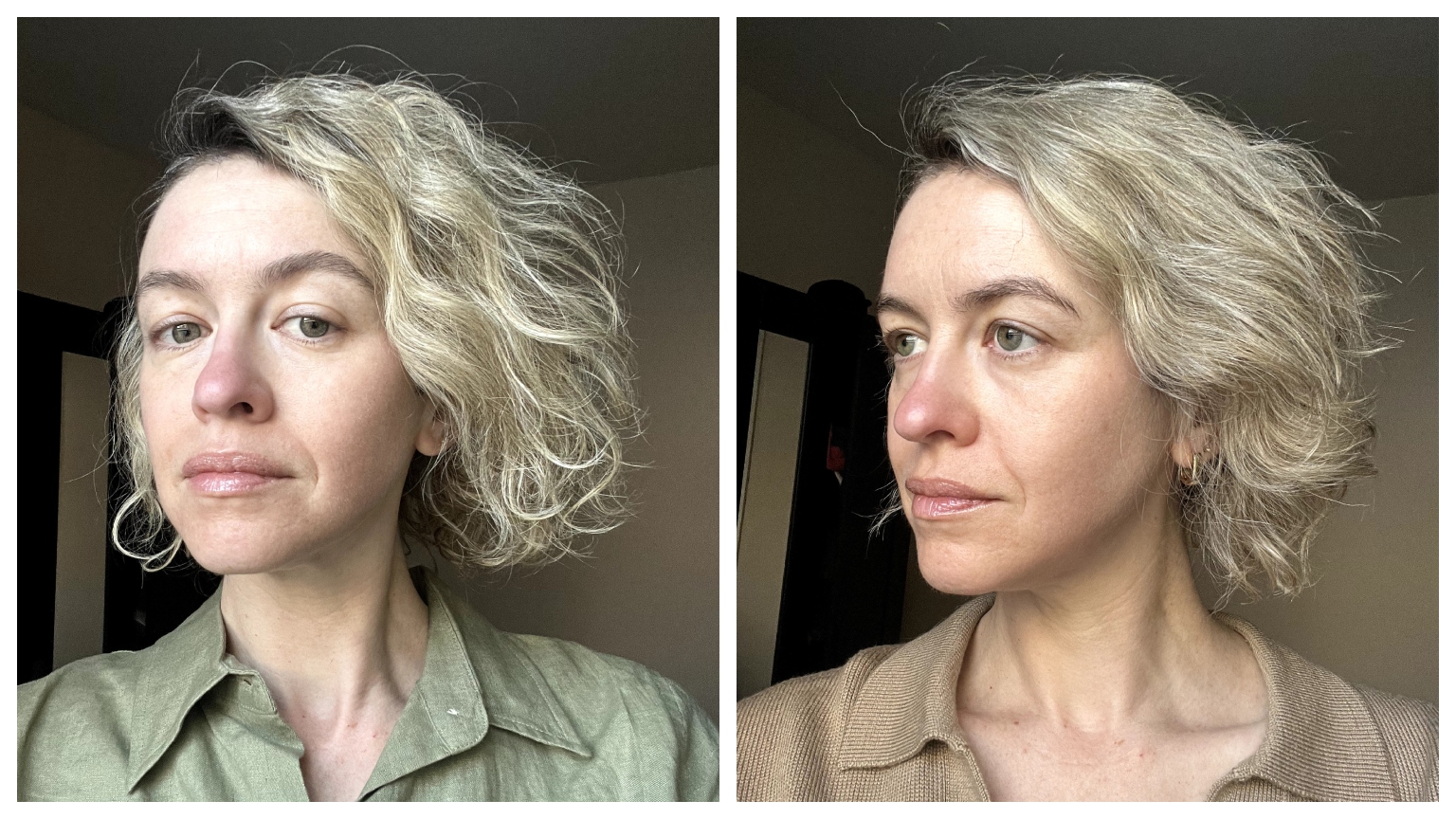
How Much Does Laser Stacking Cost?
The typical price of a stack will vary, depending on where you go and what you stack, but many dermatologists will offer a bundle deal for combining treatments in one session, as opposed to spacing them out. My BBL and Halo stack was $2,250 — the average cost of Halo is between $1,500 to $2,000 a session and BBL averages between $400 to $600, but requires multiple treatments to see the best results.
Who Should Try Laser Stacking?
While my stacking experience has been a positive one, that’s not to say we should be ditching single energy-based devices in favor of doubling up. There will always be a place for single devices in dermatology and for more conservative approaches. Case in point: the experts note that this practice is typically best left for those with lighter skin tones because the risk for scarring and pigmentation damage is too great for those with skin tones darker than a Type III on the Fitzpatrick scale. Notes Dr. Geraghty, “Individuals with pigment-rich skin are at higher risk of dyspigmentation or scarring from lasers, so stacking needs to be done more cautiously, and only with laser wavelengths safe and suitable for their skin type.”
Stacking also tends to work best on those who have more damage and collagen degradation—so typically those who are 30+ will see the most benefit from a more aggressive approach with energy based devices, notes Dr. Contreras. “I would say somebody in their thirties to mid or early forties, where they have just mild textural changes, just starting to see some of those etched in lines, maybe a little bit of crepiness around the eyes or upper cheeks, and they have mild to moderate sun damage—the reds and browns, I think they would be a perfect candidate for something like the Halo and BBL,” he says. “If they're in their twenties and they have great texture and it's really just sun damage, then usually I'm talking to them about just BBL. For somebody that still has good collagen productive capabilities, I'll say, let's do BBL alternating with microneedling every three months, get that collagen stimulated in the deeper levels with the microneedling, and then clean up the sun damage with the more superficial BBL.”
As we move towards a more natural aesthetic, and whatever Lindsay Lohan is doing becomes the ideal, an emphasis on glowing, healthy skin means stacking could soon become much more popular. “There's only three primary categories within which we can even work,” explains Dr. Khalifan. “It's volumization, dynamic motion and skin quality. Volumization, I think America is huge on, probably to a fault. Those are your fillers, your bio simulators. Dynamic motion, that’s Botox, neuromodulators. Skin quality is overlooked in the United States, and it is the defining feature of youthfulness and vitality, because you can be volumized to 100 percent correction and limit dynamic motion so that you don't have any wrinkles when you animate. But if your skin quality is not good, you do not look healthy and full of vitality. Skin quality is this category that, to me, is the real fountain of youth.”



